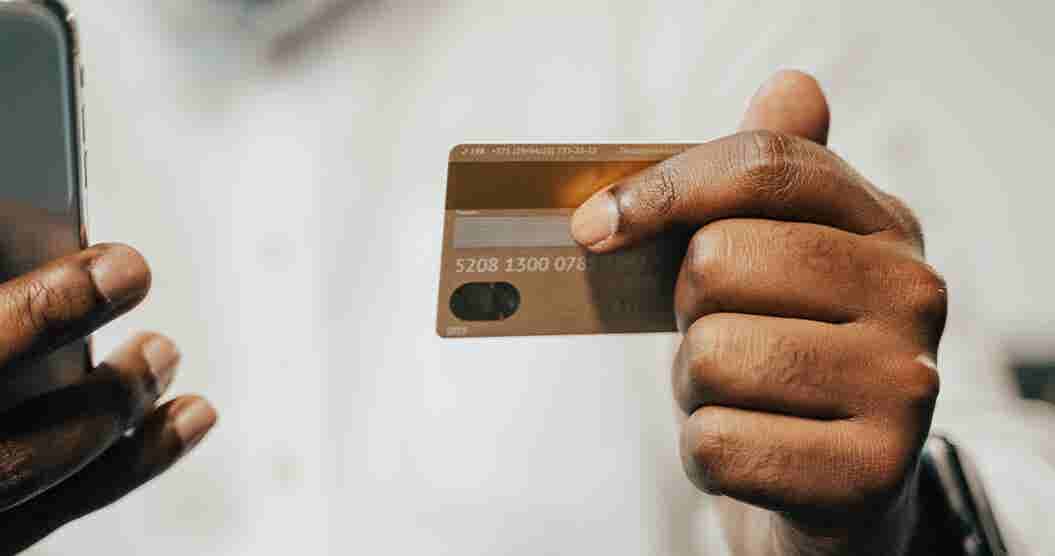August 7, 2024
What are credit report errors and what to do about them

In life, mistakes happen. Often, they’re little mistakes that are easily corrected and cause only minor headaches. However, sometimes they’re big mistakes that have a lasting impact and may require more effort to make right such as an error on your credit report. While an error on your credit report may feel like only a minor mistake, one error could hurt your credit score and significantly affect your ability to borrow in the future.
If you’re like most consumers, you may not be familiar with the most common types of errors on a credit report and how to identify them. Here’s a list of common errors you might see on your credit report:
- Errors with your identity, such as an incorrect name, phone number, or physical address
- Accounts incorrectly linked to your history
- Credit Card that you never had
- Loan you never took
- Collection account for a debt that isn’t yours
- Incorrect reporting items such as
- An account you closed that is reported as open
- On-time payments reported as late or delinquent payments
- Wrong dates of payment
- Incorrect date of first delinquency
- Incorrect balances, credit limits, or loan amounts
- The same debt listed more than once
- Accounts appearing multiple times with different creditors
Errors on your credit report shouldn’t be ignored. Instead, immediate action should be taken to correct the inaccuracies. Even if the error is related to an already delinquent account (or an account in “charge-off” status, meaning that the debt is closed, but repayment is still due), the date of first delinquency determines how the debt can be collected and when it will eventually drop off your credit report. Remember, items on your credit report can hang around for seven to ten years.
What to Do if You Find an Error
The Consumer Financial Protection Bureau (CFPB) lays out the steps for disputing an error on your credit report.
- Start by contacting the credit bureau or consumer reporting agency directly, in writing, and with supporting documents. The CFPB link provides instructions and a template to help.
- Dispute the information with the company providing the information, also called a “furnisher,” like your bank, lender, or credit card company.
If the reporting agency determines that the claim is frivolous, they won’t investigate and must communicate this to you within five days. If the claim is to be investigated, the reporting agency forwards all documentation to the furnisher. If the furnisher then determines that the information is incorrect, they must report back to the credit reporting agency with the correct information. If the furnisher determines that the disputed information is not an error, you can request the inclusion of a statement in future reports to show that you disputed the item(s).
How Do You Find Errors Before They Affect You?
The first step is to review your credit report in detail to check for errors. There are many companies that will provide you with a copy at no charge. You can also go directly to the consumer reporting agency for a copy of your report. For the “big three” credit bureaus, you can even get free credit report annually from www.annualcreditreport.com. After your initial review, you should monitor your report regularly for any changes that may occur.
To help you identify errors, RISE offers Credit Score Plus, a free credit monitoring service that notifies you when changes appear on your TransUnion credit report. It’s a part of RISE’s commitment to helping you improve your financial future.
Trending Articles
August 7, 2024
March 7, 2022





